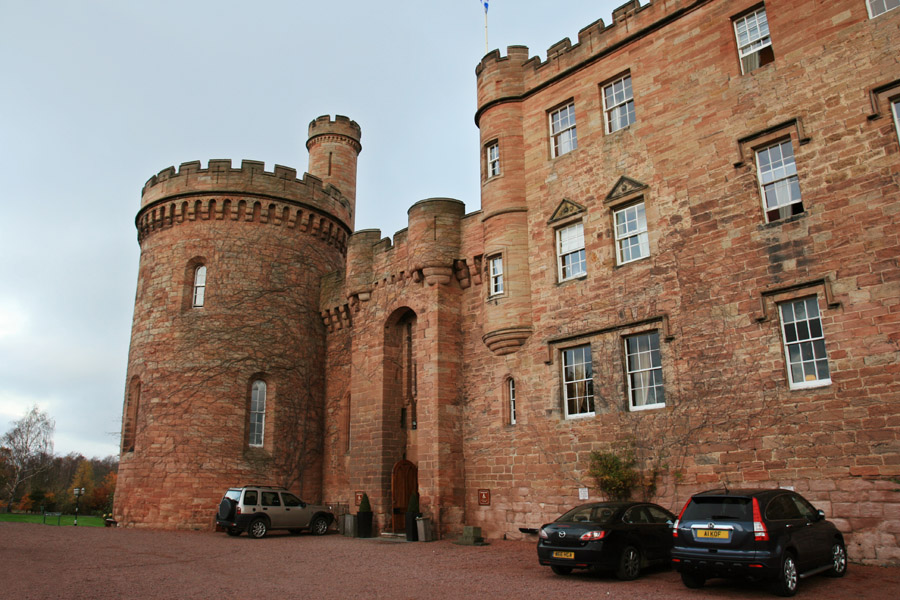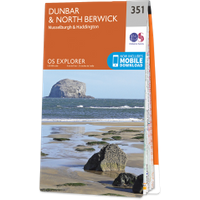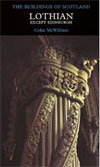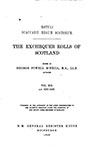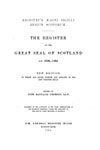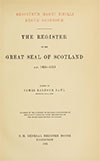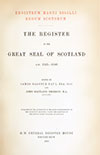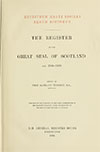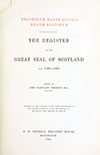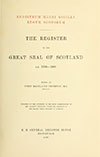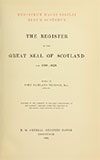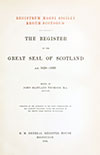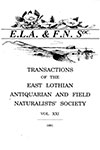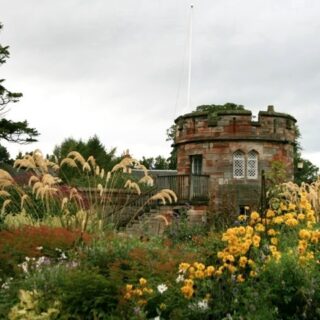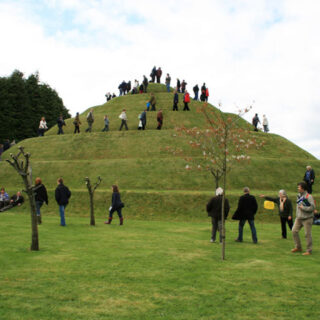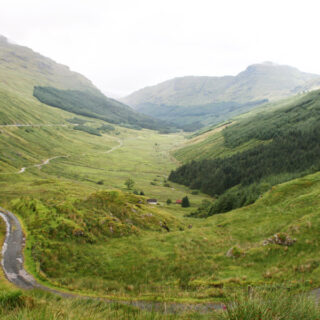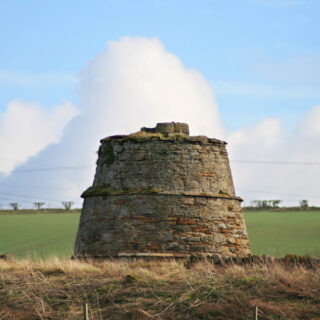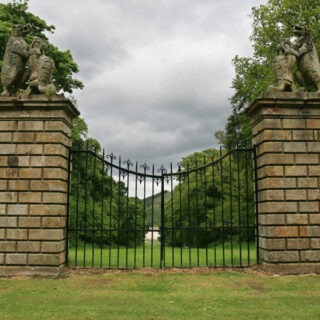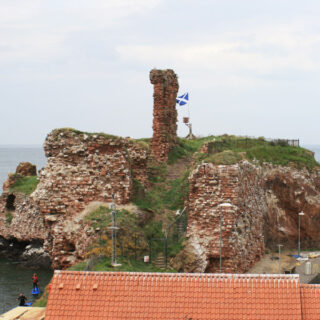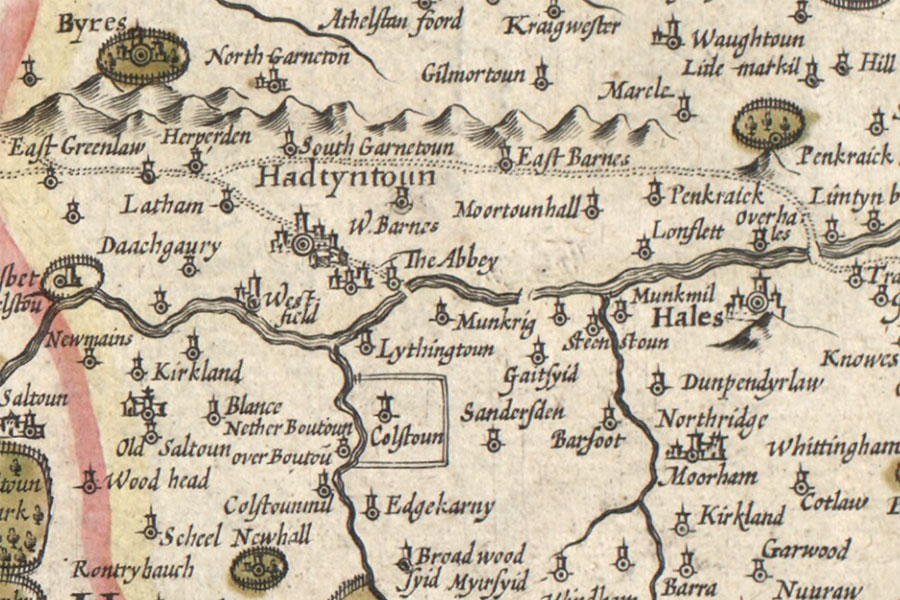

Hendrik Hondius, Amsterdam, 1630map image courtesy of NLS
Stevenson House is a multi-period mansion of largely 17th to 19th century work however incorporated at its core is a 16th century tower house.
The lands of Stevenson are on record in the early 13th century when Sir John of Stevenston, son of Archibald of Gullane, resigned the lands of Swinton and Harcarse in favour of Anketin, prior of Coldingham.
It is sometimes stated that Robert II granted the lands to William de Douglas of Straboc in 1359, however David II was on the throne at that time and the Douglas family didn’t take ownership of Strathbrock until 1366.
Late in the 14th century or early in the 15th century Adam Wain was granted the lands of Stevinstoun which someone named Maklare had resigned. The property seems to have remained in this family for more than a century and if there wasn’t already a castle here then they must have built it.
James Wawane sold the lands of Stevinstoun, with the tower, fortalice and manor, in 1536 to Henry Sinclair, son of Oliver Sinclair of Rosling. The following year, after Henry became a Lord of Session, he granted the lands and tower of Stevinstoun to his younger brother, James.
Stevenson was one of several towers destroyed by an English force under the Earl of Hertford on the 16th of April 1544, along with Markle, Traprain, Kirklandhill, Hetherwick, Belton and Eastbams. The tower is thought to have been rebuilt soon after and some architectural details from around this period can apparently still be seen on the east side of the house.
In 1566 Robert Lauder de Popyll, son and heir apparent of Robert Lauder of Bas, received a sasine of the lands of Stevinstoun. Three years later however he granted the lands of Stevinstoun with the tower and fortalice to the King’s Secretary, William Maitland of Lethingtoun, and his wife Mary Fleming.
Maitland’s son, James Maitland of Lethingtoune sold Stevinstoun “with the fortalice” to George Ker of Fawdounsyde as per a contract dated 1601 and confirmed by the King in 1608.
In 1611 Walter drew up a contract with Sir George Hume of Wedderburne for the marriage of their children, Walter Ker and Elizabeth Hume, whereby Walter was granted the lands and fortalice of Stevinsoun. Walter and Elizabeth sold the property in 1624 to John Sinclair, a merchant burgess from Edinburgh and a son of Matthew Sinclair of Longformacus, and so Stevenson returned to the Sinclair family, albeit a different branch, with whom it would remain until the early 20th century.
Alternative names for Stevenson House
Steenstoun; Stenstoun; Stevenston; Stevenstoun; Stevinsone; Stevinsoun; Stevinstoun; Stevinstoune; Stevynstoune
